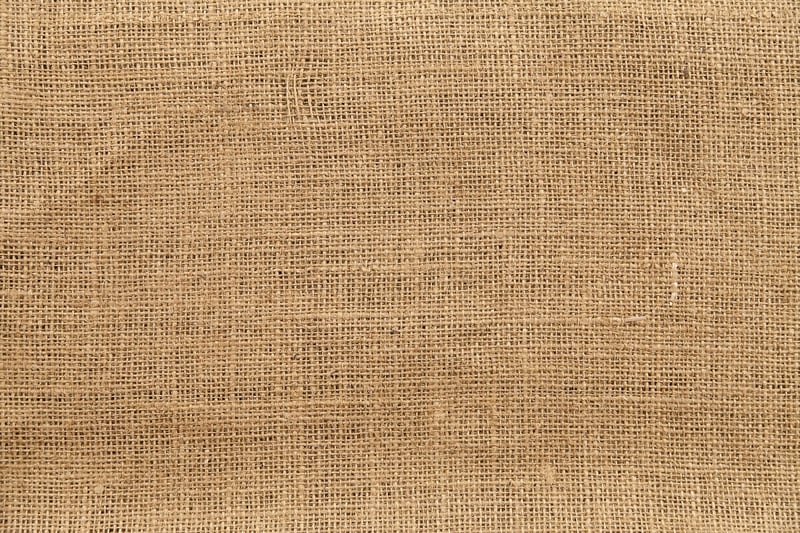Organic fabrics
The Intersection of Sustainable Building Materials and Organic Fabrics
In today's world, the importance of sustainability is paramount. From reducing carbon footprints to promoting eco-friendly practices, individuals and industries are increasingly turning towards sustainable solutions. Two key areas where sustainability plays a significant role are in building materials and fabrics.
Sustainable Building Materials
When it comes to construction and design, sustainable building materials are becoming increasingly popular. These materials are sourced and manufactured in a way that minimizes environmental impact and promotes long-term sustainability. Some examples of sustainable building materials include:
- Bamboo: A fast-growing renewable resource that can be used for flooring, furniture, and even structural elements.
- Recycled Steel: Using recycled steel reduces the demand for new steel production and helps divert waste from landfills.
- Rammed Earth: A technique that involves compressing natural materials like soil to create sturdy walls with excellent thermal mass properties.

Organic Fabrics
Similarly, the fashion and textile industry is embracing organic fabrics for their sustainable properties. Organic fabrics are made from materials grown without the use of synthetic chemicals, pesticides, or genetically modified organisms. Some popular organic fabrics include:
- Organic Cotton: Grown without pesticides or synthetic fertilizers, organic cotton reduces environmental impact and promotes healthier working conditions for farmers.
- Hemp: A versatile and durable fabric that requires minimal water and no pesticides to grow.
- Tencel (Lyocell): Made from sustainably sourced wood pulp, Tencel is known for its softness and breathability.

The Benefits of Combining Sustainability
By incorporating sustainable building materials and organic fabrics, individuals and businesses can create spaces that are not only environmentally friendly but also promote a healthier lifestyle. The benefits of combining sustainability in construction and design include:
- Reduced carbon footprint
- Improved indoor air quality
- Support for ethical and eco-conscious practices
- Long-term cost savings through energy efficiency
Whether you are renovating your home or designing a new space, considering sustainable building materials and organic fabrics can have a positive impact on both the environment and your well-being.
Embrace sustainability in every aspect of your life for a greener, healthier future!
